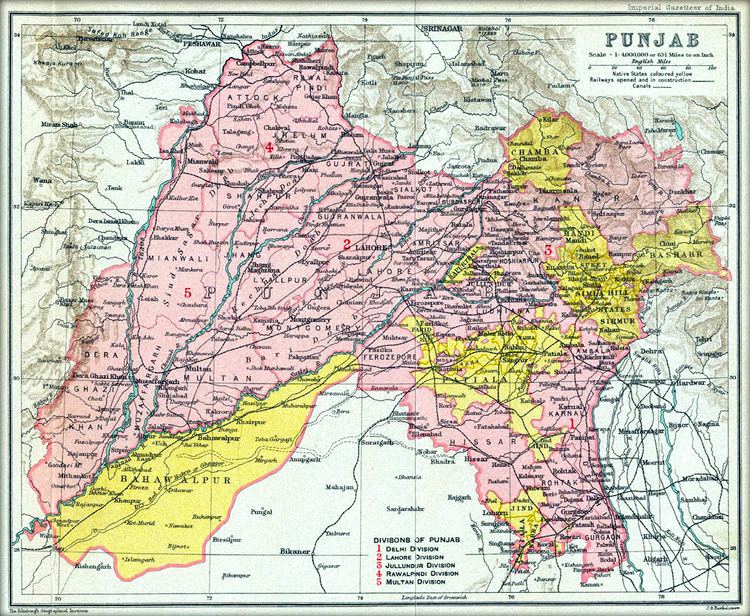 | ||
Delhi's ethnic groups are diverse. The Yamuna river's flood plains provide fertile alluvial soil suitable for agriculture but are prone to recurrent floods. The Yamuna, a sacred river in Hinduism, is the only major river flowing through Delhi. The original natives of Delhi are those whose ancestors lived in the Yamuna basin, a region which spreads radially from the capital up to a distance of approximately 200 kilometres. Today the migrant population consists largely of Punjabis and Biharis.
Contents
During parts of the British Raj, Delhi was made a district city of the Punjab Province of British India. This province was not ethnically homogeneous and large amounts of Hindi speakers resided in the southeast, now Haryana and Delhi.
Caste and Politics
The caste-wise break-up of the population according to the 2011 census has not been released. The last census which included caste-wise information was conducted in 1931. The Jat and Ahir villages are located to the west of Yamuna river, while the Gurjar villages are generally located to the South and East and North East of the river.
Jats constitute 8% of Delhi's population and are the dominant people in rural Delhi Of 364 villages in Delhi, around 200 are dominated by Jat community while in 95 villages, Gujjars have majority. The Yadavs have majority in 35 villages.
Most of the villages of pastoralist communities like Gujjars came up on the Delhi ridge, as land was required for grazing. The Jat and Yadav villages sprung up in the plains adjoining the Yamuna, because the alluvial land was appropriate for agriculture.
Migrants
The Indian censuses record the native languages, but not the descent of the citizens. Linguistic data cannot accurately predict ethnicity: for example, many descendants of the Punjabi Hindu and Sikh refugees who came to Delhi following the partition of India now speak Hindi natively. Thus, there is no concrete official data on the ethnic makeup of Delhi.
Delhi is an ancient city, and the people residing in the Yamuna River basin were the original natives of the city. However, being a historical capital and prominent city, Delhi has always attracted a large number of immigrants. When the capital of British India was shifted from Calcutta to Delhi, a substantial number of government personnel, especially from the Bengal, migrated to Delhi. Following the partition of India in 1947, a large number of people migrated to Delhi. These included a large number of Punjabis (with a relatively small number of Sindhis), which led to the characterisation of Delhi as a "Punjabi city". According to the first census right after partition, the 1951 census, Delhi had a total population of 1,744,072 people which included:
By 1991, the number of those born outside Delhi was 3.7 million (out of a total population of 9.4 million). Most of these included immigrants from Uttar Pradesh (1.75 million) and Rajasthan (0.23 million). However, these neighbouring states are themselves ethnically diverse, so it is hard to use this data for determining the ethnic make-up of Delhi. There are also a large number of immigrants from the East Indian states of Bihar, Jharkhand, Orissa and Bengal. The number of South Indians is relatively less, with most of them coming from Kerala and Tamil Nadu. There are also several immigrants from the North-East India, who have migrated to Delhi because of the conflicts and bad economy in their native states. Today Hindi and Punjabi are still the most widely spoken languages in Delhi and the lingua franca. English is the principal written language of the city and the most commonly used language in government work and in Delhi's huge financial sector. In addition to Hindi, Punjabi and English, Urdu also has official language status in Delhi.
